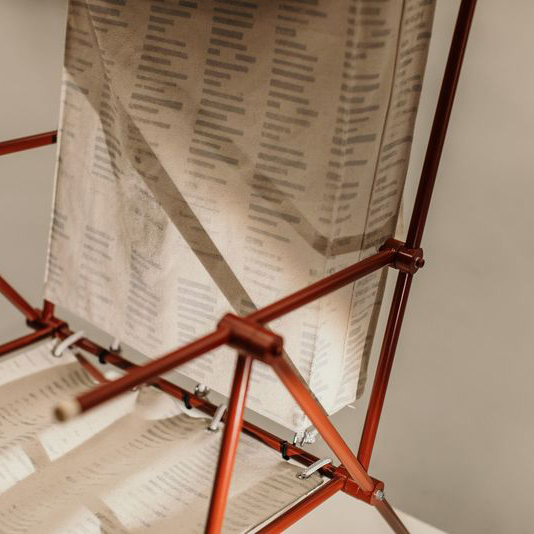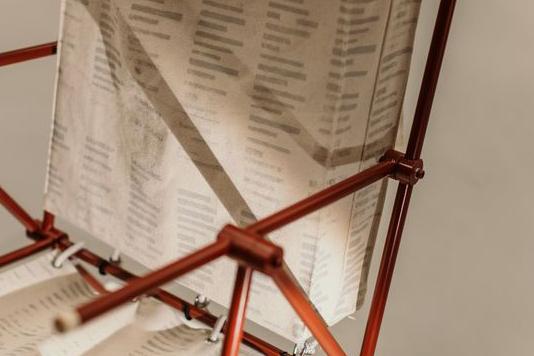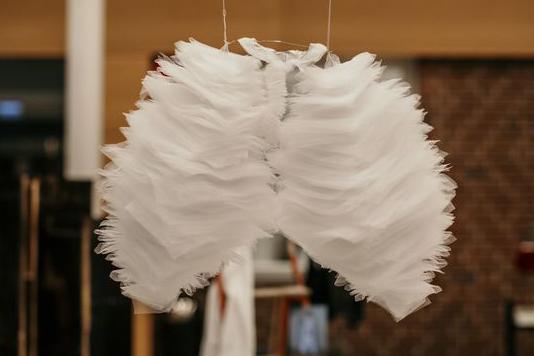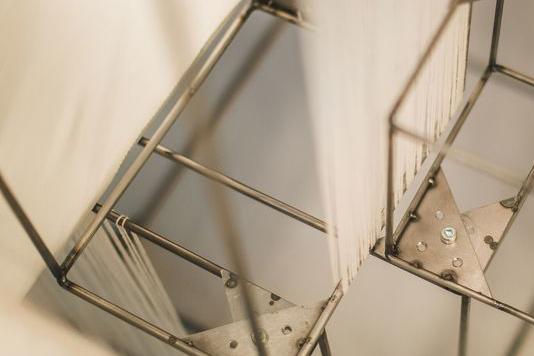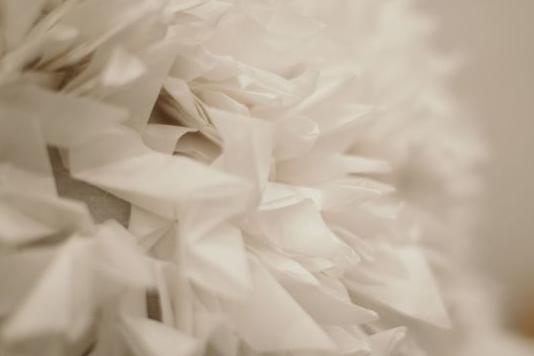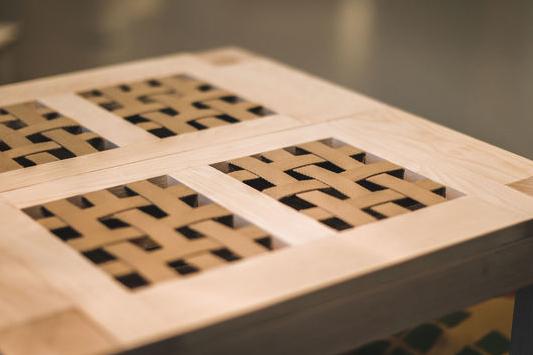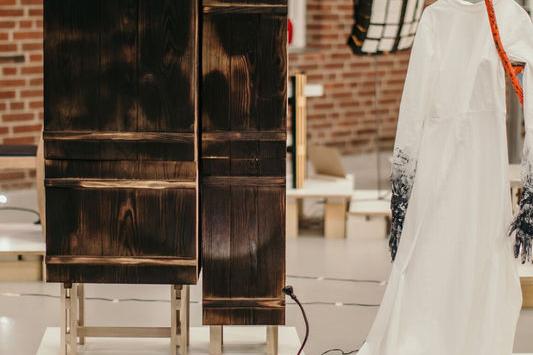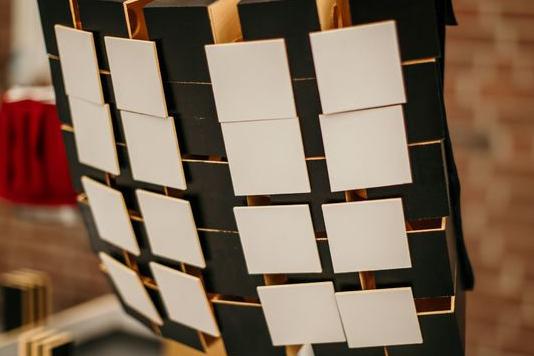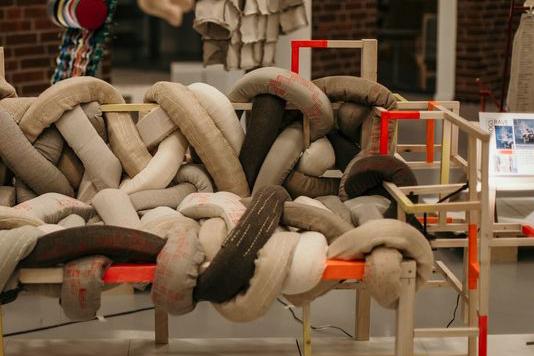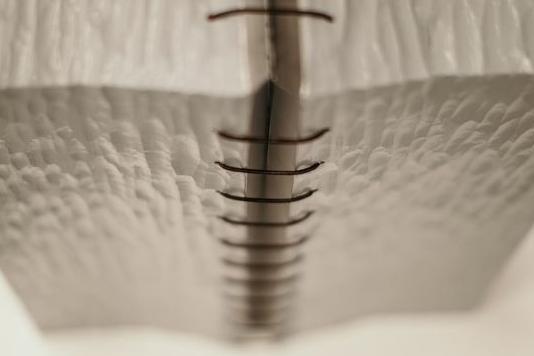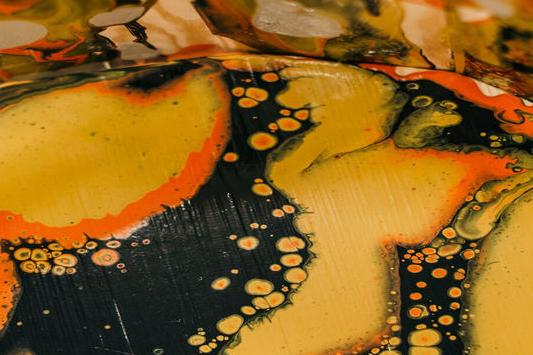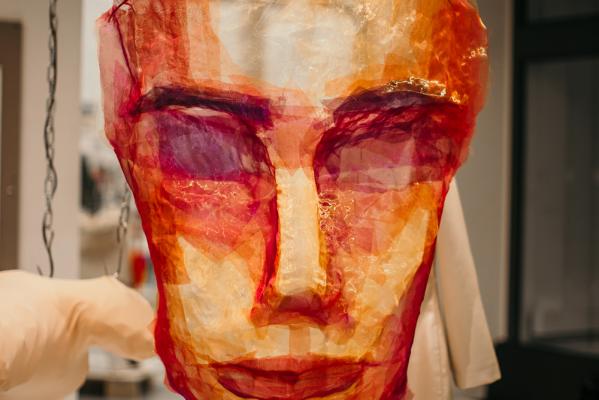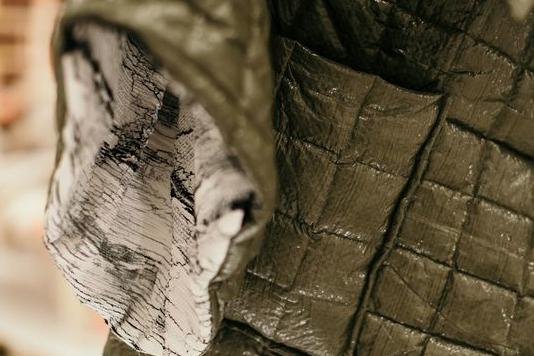In the course module “Architectural Design Process and Prototypes”, second-year students of the architecture program at Lund University were given an assignment to interpret the subculture of their choice and then use that interpretation to create a piece of furniture and a garment. Or a hybrid of both. The architectural profession is constantly trying out new approaches based on every project’s particular conditions. Working across boundaries and disciplines can generate new, unexpected results. Working with limitations can sometimes lead to more creativity than working freely without restrictions.
Developing a project from a sketch to a finished prototype on a manageable scale gives new ways of looking at things – given that architecture students seldom get the opportunity to realise a project on a 1:1 scale. Even working with materials and techniques that are not normally used in the architectural profession stimulates innovative thinking. The students are encouraged to depart from the norms and conventions of their own profession and to study the world around them with open eyes, and to use other people’s points of view to challenge themselves!
When planning and designing urban centres, it is self-evident that humans should be the central focus, and in this year’s course, this fact is meant to be interpreted literally. Studying subcultures in different environments touches on fields like sociology and anthropology. For example, insight is gained into how fashion arises, is manifested, and is disseminated. The styles, characters and graphic expressions of urban subcultures offer what is essentially an endless source of inspiration for the design process: lines, figures, graphical characters, forms, objects, environments and messages.
The aim of the course is that the students should learn to dare to test, question, explore, challenge and consider. To increase their understanding of materials, construction design and architectural experience: the materials’ inherent qualities and possibilities, the interplay between tools, techniques and materials. And to acquire greater knowledge about creative processes, gain insight into other disciplines’ approaches and methods, and to increase their understanding of cooperation and collaboration.
